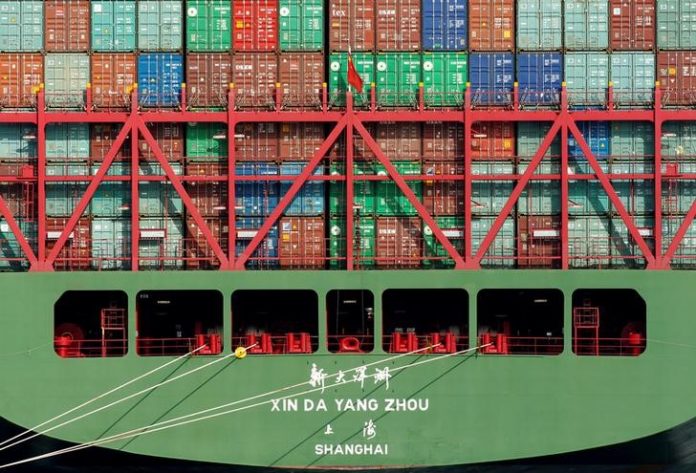
It is good to see that some of the government departments are seriously mulling taking measures that could narrow the trade deficit that has emerged as the sore point of the economy. According to recent reports, the ministry of commerce has made suggestions to curtail the widening trade deficit over the next few months. The surge in imports, it believes, is driven by four factors: demand, prices, investment and shift in consumption patterns. Demand for petroleum products and raw materials was inflexible while lower domestic production of certain commodities like pulses and some perishable items has necessitated higher imports. Unit prices of products like palm oil and medical items and imports for the CPEC-related products also contributed to country’s rising import bill. Imports of power generation machinery, construction machinery and transport equipment also surged due to healthy growth in construction and energy sectors. The shift from the domestically produced natural gas to LNG was reflective of the change in consumption pattern. On the export side, lower demand for rice, leather and textile goods from key markets has resulted in negative growth in exports. Lower domestic output let to hurting cotton exports while a surge in demand for cement consumption discouraged its exports. The lack of market diversification and inadequate value-addition were hampering growth in exports. A conflict between tariff policy and currency appreciation is affecting competitiveness. The Prime Minister’s export enhancement package would, however, improve the competitiveness of exportable products.
A closer look at Commerce Ministry’s suggestions would reveal that it is primarily an exercise to identify the factors that have caused a widening in trade deficit during the last few years and not a serious attempt to really propose measures to redress the situation. Trade deficit had reached an all-time high of dollar 32 billion last year and has posted a growth of 30 percent during the current fiscal so far which suggests that another record deficit is likely to be registered this year. The reasons given by the Ministry of Commerce are almost self-evident. On the import side, demand for certain products is almost inflexible and unit prices of palm oil and pulses have increased by 16.67 percent and 16.82 percent, respectively, last year. Imports of CPEC-related products have also soared substantially. LNG imports, which started in March, 2016, have bloated the import bill. On the export side, demand for products like rice and leather from markets like Saudi Arabia, the UAE and the Philippines has shrunk considerably. A lack of market diversification and inadequate value-addition has always been a nagging problem in the expansion of exports. In order to address these issues, the government has come up with certain solutions that in our view are not likely to yield the desired balancing of exports with imports. In PM’s package for exporters, an amount of Rs 6 billion has been allocated for the current fiscal year for technology upgrade, product development, branding and certification development support and drawback of local taxes and duties. Subsidies are also occasionally offered on the export of sugar and wheat to help the export of these commodities. Regulatory duties have been levied on 731 items to curtail the import of luxury items and non-essential goods. Some decline in imports and increase in exports were witnessed in October, 2017 but this trend is not going to last long if the government does not implement the right measures to reverse the overall situation. In order to bridge the widening gap between exports and imports, two measures are essential. Apart from a significant improvement in productivity, we have to move away from exportable surpluses and identify products in our export markets that are needed by them and produce such products. Our FTA with China is a classic example where we do not have market for our so-called exportable surplus, although there are thousands of certain products that Pakistan produces but China has stopped manufacturing. Unfortunately, however, Pakistan has failed to take the right steps in the relevant areas over the last few years. Productivity of the economy has been hampered by potential instability, tensions at borders, energy shortages, low level of investment, etc. In our view, a more thorough and realistic review is required to address the issue of external sector accounts.








